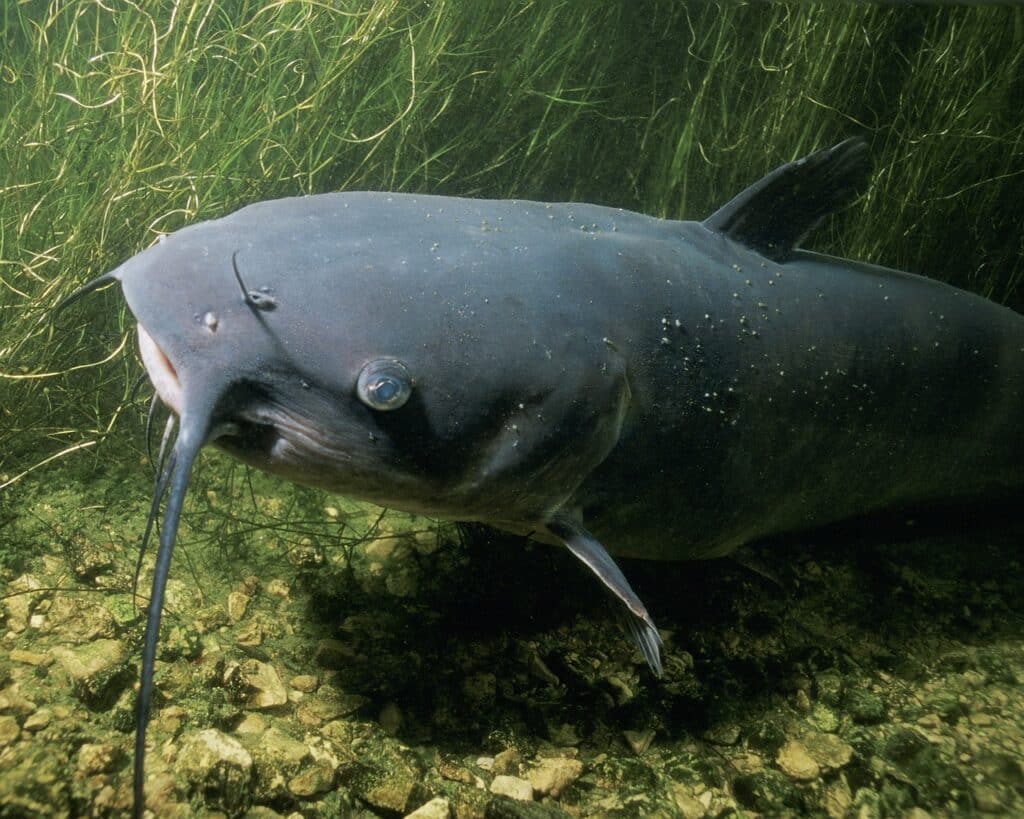As a curious explorer of nature’s intricate designs, you’ve likely wondered what life looks like under the water’s surface. Catfish, one of the most fascinating aquatic inhabitants, offer a wealth of insight into aquatic ecosystems. Today, we will delve into the fascinating world of catfish dietary habits.
Understanding Catfish: An Introduction
Catfish are an incredibly diverse group of fish, with over 3000 species populating the globe in freshwater, brackish, and even marine habitats. Their distinct lack of scales, whisker-like barbels, and often elongated bodies set them apart visually from other fish. However, it is their diet that is genuinely intriguing, reflecting their adaptation to diverse environments.
Opportunistic Omnivores: The Primary Dietary Trait
If there is one key aspect that characterizes the catfish’s diet, it’s flexibility. Catfish are opportunistic omnivores, which means they can adjust their diet based on what’s available in their environment. From plant material to small aquatic creatures, catfish exhibit a vast menu that can shift based on their size, species, and the local ecosystem.
Meaty Morsels: The Protein Platter
A significant portion of a catfish’s diet is composed of protein-based foods. This can range from small invertebrates, such as water insects, snails, and various types of shellfish, to other fish species. Bigger catfish species, like the Blue catfish or the Flathead catfish, are apex predators in their ecosystems, capable of eating birds, frogs, mice, and even other smaller catfish.
Greens on the Side: Plant Matter Intake
While catfish love their protein, they also consume plant matter. Algae, water plants, seeds, and fruits that drop into the water can all be part of their diet. Catfish use their barbels, their “whiskers”, to scour the bottom for any edible material, often ingesting sediment and detritus along with their plant-based diet.
The Scavenger’s Feast: Detritus and Dead Matter
Another essential aspect of the catfish’s diet is their role as scavengers. Catfish are known for their ability to feed on dead and decaying organic material, known as detritus. This role is crucial as it helps to maintain the balance of the ecosystem by recycling nutrients back into the food web.
The Effect of Human Activity: Supplemental Feeding
The diet of catfish has been influenced by human activity, particularly in the case of farmed catfish. In these controlled environments, catfish diets are composed mostly of pellets made from a combination of fish meal, soybeans, and other grains, formulated to provide all the necessary nutrients for rapid growth.
Conclusion: Reflecting the Ecosystem’s Abundance
In conclusion, the diet of a catfish is an incredibly complex and adaptable system. It reflects not only the catfish’s unique biology but also the richness and diversity of the ecosystems they inhabit. As omnivores and scavengers, catfish are vital contributors to the health and balance of aquatic environments. They are a testament to nature’s versatility and adaptability, thriving and surviving in a diverse range of conditions by consuming what’s readily available. So, next time you spot a catfish, remember that there’s a lot more going on behind those whiskers than you might think.

